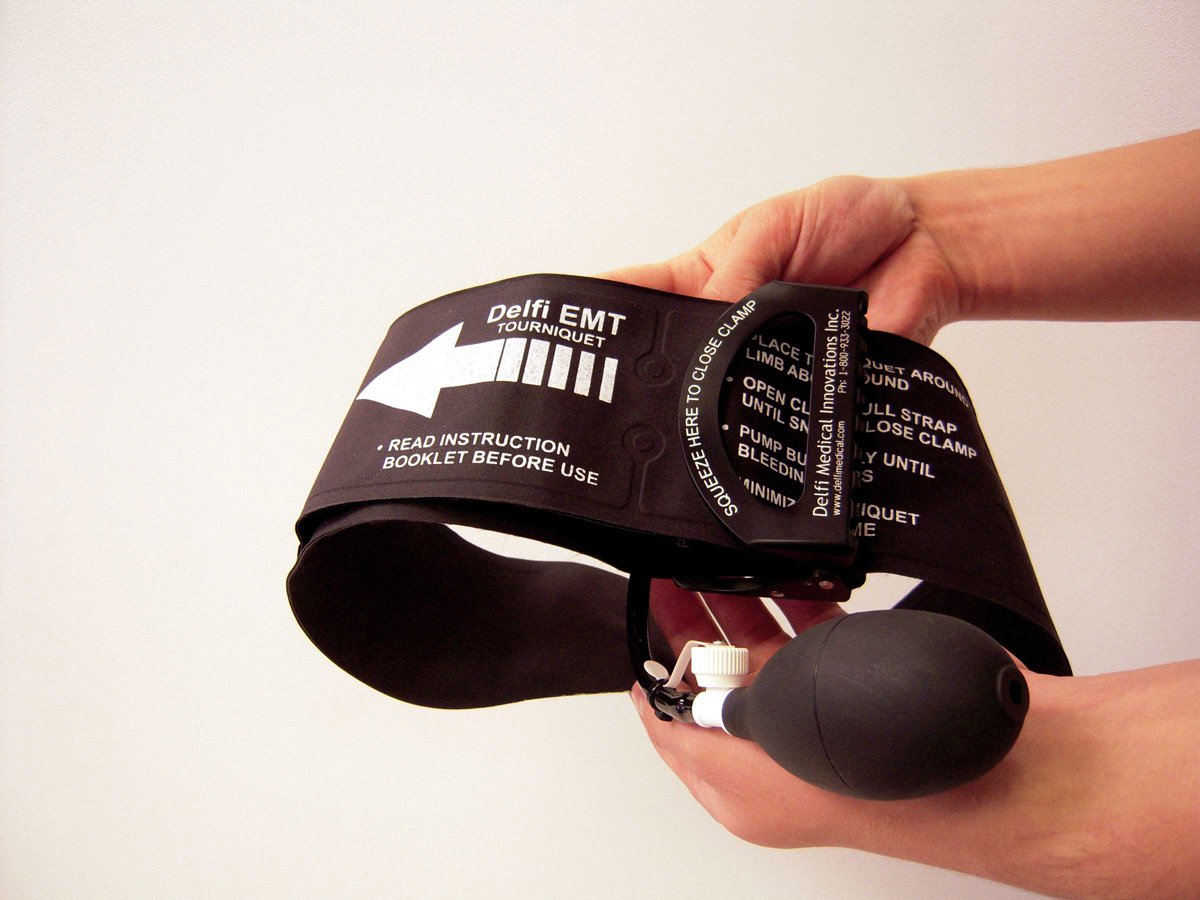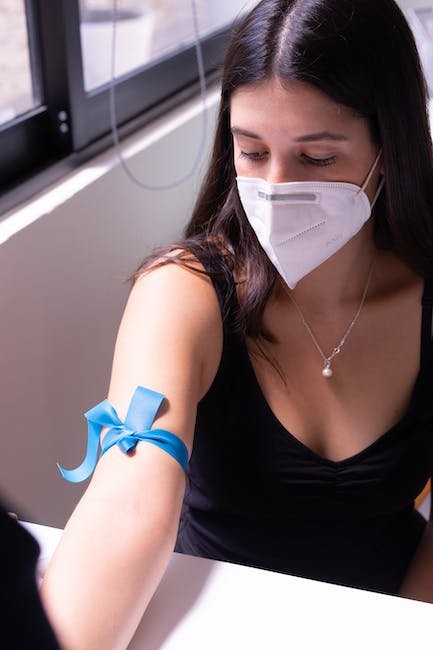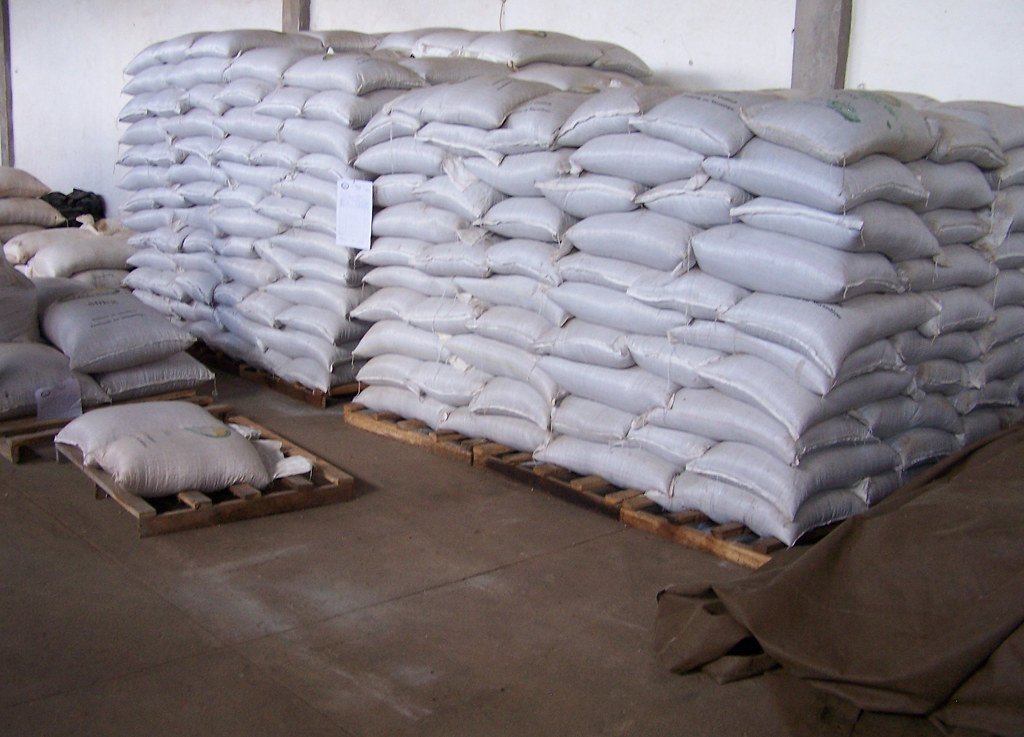Now Reading: How to Use a Tourniquet Properly
-
01
How to Use a Tourniquet Properly

How to Use a Tourniquet Properly
Imagine this: you find yourself confronted with a life-or-death situation, where every second counts. In a frantic bid to save a life, your hands shake as you rummage through a first aid kit, searching for that one essential tool – a tourniquet. The clock is ticking, and fear starts to leave its icy fingerprints on your skin. But fear not, for within the next few moments, you will become a master of this powerful life-saving technique. In this guide, we will delve into the intricacies of how to use a tourniquet properly, equipping you with essential knowledge that could mean the difference between life and death. So, let’s unravel the mysteries of this crucial medical device, and embark on a journey that empowers you to be a true hero in the face of adversity.
Table of Contents
- The Importance of Using a Tourniquet Properly
- Understanding the Anatomy and Physiology of Applying a Tourniquet
- Step-by-Step Guide to Applying a Tourniquet Effectively
- Choosing the Right Tourniquet and Equipment
- Key Best Practices and Common Mistakes to Avoid
- Q&A
- In Summary

The Importance of Using a Tourniquet Properly
When it comes to saving lives, every second counts. That’s why it is crucial to understand in emergency situations. A tourniquet is a simple yet powerful tool that can stop severe bleeding and prevent further injury or even death.
Here are some key reasons why using a tourniquet correctly is so essential:
- Rapid blood loss control: By correctly applying a tourniquet, you can quickly restrict blood flow to a wounded extremity. This immediate action helps in stemming the loss of blood, preventing hypovolemic shock, and buying precious time for medical professionals to arrive.
- Effective arterial occlusion: Proper placement of a tourniquet creates enough pressure to occlude arterial blood flow, which is critical in stopping severe bleeding. This arterial occlusion is achieved by tightening the tourniquet until the bleeding ceases completely.
- Simple and accessible: Tourniquets are easy to carry, making them accessible to anyone in a time of need. Additionally, they can be applied quickly without any special medical training, making them an invaluable asset for both trained professionals and bystanders.
- Minimizes potential complications: Incorrect tourniquet application can lead to further injury or complications such as nerve damage. Understanding the proper techniques and placement helps minimize these risks while maximizing the potential for a positive outcome.
Remember, time is of the essence, and using a tourniquet properly can make the difference between life and death in critical situations. Whether it’s for emergency response, outdoor adventures, or simply being prepared, everyone should familiarize themselves with the correct usage and importance of this life-saving tool.

Understanding the Anatomy and Physiology of Applying a Tourniquet
Tourniquets are an essential tool used in medical emergencies to control severe bleeding and save lives. To fully comprehend their effectiveness, it is crucial to understand the anatomy and physiology behind their application.
Anatomy:
- The upper arm, thigh, and lower leg are the most common sites for applying a tourniquet.
- The brachial artery in the upper arm and the femoral artery in the thigh are the major blood vessels typically targeted when using a tourniquet.
- Tourniquets consist of a strap, often made of strong, durable material, which can be tightened securely around the limb.
- Some tourniquets feature a windlass system, a rod or stick that is twisted to apply pressure and restrict blood flow.
Physiology:
- When a tourniquet is properly applied, it temporarily halts blood flow beyond the point of application.
- This prevents dangerous blood loss and allows medical professionals to tend to the injury or transport the patient to a healthcare facility.
- Reduced blood flow may cause discomfort, numbness, or coldness in the limb, but these temporary side effects are outweighed by the life-preserving benefits of tourniquet use.
Understanding how tourniquets work and their impact on the human body enables medical practitioners to make quick, effective decisions in emergency situations. Remember to exercise caution and always seek professional medical assistance when applying a tourniquet.

Step-by-Step Guide to Applying a Tourniquet Effectively
When it comes to emergency situations where a person is experiencing severe bleeding, knowing how to apply a tourniquet properly is essential. With the right technique, you can effectively control the blood flow and potentially save a life. Follow these steps to ensure you apply a tourniquet effectively:
- Assess the situation: Before applying a tourniquet, assess the severity of the bleeding. If the bleeding can be controlled by other means, such as direct pressure or elevation, attempt those first.
- Select the location: Choose a location for tourniquet application that is proximal to the injury. Ideally, the tourniquet should be placed about 2-3 inches above the bleeding site.
- Prepare the tourniquet: Ensure the tourniquet is fully extended and ready for use. If there is a windlass or buckle, ensure it is loosened and ready to be tightened when needed.
- Apply the tourniquet: Place the tourniquet around the limb, directly against the skin. Secure it firmly in place, making sure it is tight enough to restrict blood flow. Fasten or tighten the windlass or buckle until the bleeding stops.
- Secure the tourniquet: Once the bleeding has stopped, secure the tourniquet in place. Ensure it is not slipping or becoming loose. Use additional means, such as medical tape or velcro straps, if necessary.
- Monitor the patient: It is crucial to continually monitor the patient’s vital signs and communicate with emergency medical services. Keep a note of the time the tourniquet was applied and relay that information to medical professionals.
Remember, the purpose of applying a tourniquet is to control severe bleeding until advanced medical help arrives. While tourniquets can be life-saving, they should only be used as a last resort and in accordance with proper training and guidelines. Stay calm, act quickly, and always prioritize the safety and well-being of the injured person.
Choosing the Right Tourniquet and Equipment
When it comes to selecting the appropriate tourniquet and accompanying equipment, there are several factors to consider. Ensuring the safety and effectiveness of your medical interventions is crucial, so taking the time to choose wisely is essential. Here are some key points to keep in mind:
- Functionality: Consider the intended use of the tourniquet. Different situations may require different features. For example, a windlass tourniquet with a quick-release mechanism might be preferred in emergency situations, while a mechanical ratcheting tourniquet may be better suited for controlled medical environments.
- Reliability: Look for tourniquets and equipment that have been thoroughly tested and proven to provide reliable and consistent results. High-quality materials, durable construction, and certified standards are all indicators of a reliable product.
- Comfort: The comfort of both the patient and the medical professional should be considered. Opt for tourniquets with adjustable straps and ergonomic designs that minimize discomfort during prolonged use.
- Ease of Use: Quick and intuitive application is crucial in emergency situations. Choose tourniquets that are easy to apply, even in high-stress environments. Remember, every second counts.
- Compatibility: Consider the compatibility of the tourniquet with other equipment in your medical kit. It’s important that the tourniquet seamlessly integrates with other tools and devices, allowing for a streamlined and effective response.
By carefully evaluating these factors, you can select the right tourniquet and equipment that meets the demands of your medical needs. Prioritizing functionality, reliability, comfort, ease of use, and compatibility will ensure that you are well-prepared to tackle any situation that comes your way.
Key Best Practices and Common Mistakes to Avoid
When it comes to navigating the challenging world of any industry, there are several key best practices you should keep in mind to ensure success and avoid common mistakes. Whether you’re a novice or an experienced professional, following these guidelines will help you stay ahead of the game.
Firstly, it’s crucial to establish clear goals and objectives for your endeavors. These serve as a roadmap, guiding your decision-making process and helping you remain focused on what truly matters. Additionally, regularly evaluate and reevaluate these goals to adapt to any changes in your industry or business landscape.
Secondly, effective communication is paramount. Whether it’s with your team, clients, or stakeholders, keeping the lines of communication open and transparent is essential for maintaining strong relationships and avoiding misunderstandings. Consider utilizing project management software or regular check-ins to ensure everyone is on the same page and deadlines are met.
Next, maintaining a strong work-life balance is often underestimated but crucial to your overall well-being and productivity. Avoid overworking yourself and make time for hobbies, exercise, and relaxation. Remember, a refreshed mind is more likely to make sound decisions and contribute imaginative ideas.
Finally, it’s essential to learn from the mistakes of others and steer clear of some common pitfalls. Here are a few to be mindful of:
– Overcommitting to projects and stretching your resources thin, leading to compromised quality.
– Ignoring customer feedback or failing to regularly seek input from clients and customers.
- Neglecting to stay updated on industry trends, innovations, and new technologies.
– Refusing to delegate tasks and taking on too much responsibility.
By incorporating these best practices and learning from common mistakes, you’ll be well-equipped to tackle any challenges that come your way and achieve success in your field.
Q&A
What is a tourniquet and why would someone need to use one?
A tourniquet is a device applied to stop severe bleeding by compressing a blood vessel. It is used in emergency situations where a person is experiencing uncontrollable bleeding that cannot be controlled by other methods, such as direct pressure.
What are the key steps to properly using a tourniquet?
The key steps in using a tourniquet properly include identifying the correct location to place the tourniquet, securing it firmly around the limb, and then tightening it until the bleeding stops. It is important to always follow any specific instructions provided with the particular tourniquet being used.
Is it necessary to have any prior medical training to use a tourniquet?
While prior medical training is helpful, anyone can learn to use a tourniquet properly with proper instruction and practice. It is recommended to receive comprehensive first-aid training that covers tourniquet use to ensure the best possible outcome.
What are some common mistakes to avoid when using a tourniquet?
Some common mistakes to avoid when using a tourniquet include placing it too close to a joint, not tightening it enough to stop the bleeding, or leaving it on for an extended period. It is crucial to follow the correct guidelines to minimize complications and prevent further damage to the limb.
Are there any risks associated with using a tourniquet?
When used correctly, the risks associated with using a tourniquet are generally low. However, leaving a tourniquet in place for too long can cause tissue damage, so it should be removed as soon as medical assistance becomes available or when advised by healthcare professionals.
What should one do after applying a tourniquet?
Once a tourniquet is applied, it is crucial to clearly mark the time it was put on the patient. This helps the medical professionals determine how long the tourniquet has been in place and assists in guiding subsequent treatment.
Can a tourniquet be reused?
In most cases, tourniquets are designed for one-time use. It is recommended to dispose of used tourniquets appropriately and replace them when necessary, adhering to the manufacturer’s guidelines. Using a single-use tourniquet minimizes the risk of contamination and ensures optimal effectiveness.
In Summary
In a world where emergencies can strike unexpectedly, arming yourself with knowledge and skills can make all the difference. Now that you’ve learned how to properly use a tourniquet, you hold in your hands the power to save lives when seconds count the most.
Remember, wielding this lifesaving tool comes with great responsibility. So, as you embark on your journey as a potential lifesaver, allow these teachings to take root within you. Embrace the gravity of this task, and trust in the knowledge acquired to guide your actions.
As the sun sets on this article, envision a brighter future. One where your swift and decisive actions bring hope to those in peril. Whether it be on a dusty battlefield miles away or a quiet suburban street, your readiness to wield a tourniquet will stand tall like a beacon of benevolence.
As you study the intricacies of tourniquet application, may your hands become an extension of compassion and your mind a wellspring of resilience. Bear in mind that the unknown may test your mettle, but let it be a reminder of the importance of your mission – to preserve life when fate is cruel.
So, go forth, armed not only with the physical tools, but also fortified with the confidence that comes from knowing how to use a tourniquet properly. Remember, heroism isn’t born from grand gestures, but from the unwavering determination to fight for life, one wound at a time.
And as the final words fade into the background, a new chapter begins – one in which you hold the key to turning the tide of fate. The world is vast, and challenges await, but through your commitment and preparedness, together, we can embrace a future stitched together with resilience and hope. Now, go forth and be the difference; lives are counting on it.
As an affiliate, my content may feature links to products I personally use and recommend. By taking action, like subscribing or making a purchase, you’ll be supporting my work and fueling my taco cravings at the same time. Win-win, right?
Want to read more? Check out our Affiliate Disclosure page.





